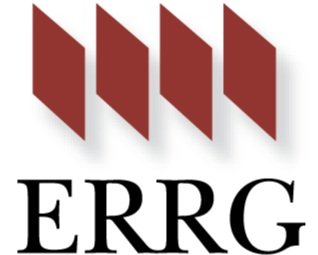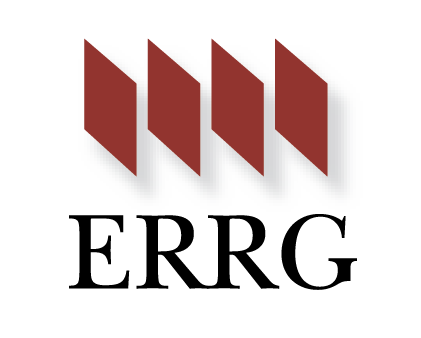Bayview Parcel 1 Cleanup & Site Preparation
Client: The Regents of the University of California Lawrence Berkeley National Laboratory (LBNL)
Project Overview: ERRG, as a partner in a small business (SB) joint venture, removed contaminated legacy systems from the former Bevatron particle accelerator at the Bayview Parcel 1 Site. The removal required demolition of aboveground slabs, concrete tunnels, and ancillary equipment, and remediation of chemically and radiologically contaminated soil. Construction of new utility corridors across the site was performed to upgrade existing site infrastructure to service future mission-critical development in the area. This project was organized into three major scope areas and activities: (1) Bayview Parcel 1 – Demolition South Cleanup, (2) Site Utility Relocation Plan (SURP) Construction, and (3) Bayview Parcel 1 Demolition North Cleanup. Each phase was designed to achieve the desired End-State for radiological and hazardous chemical cleanup, utility removal-reconfiguration and return of invaluable construction-ready property back to the Department of Energy Office of Science.
ERRG excavated ~26,000 cubic yards (yd3) of overburden and contaminated soil and debris associated with former radiological operations to depths up to 15 feet below ground surface with sloping/benching to allow access to subsurface utility tunnels. The area was backfilled, restored to grade, and ready for construction with final acceptance of radiological release for the entire construction footprint. ERRG also constructed new utility corridors across the site to upgrade existing site infrastructure to service future mission-critical development in the area. Throughout the excavation and restoration process, ERRG installed stormwater controls and used best management practices (BMPs) in accordance with the approved Storm Water Pollution Prevention Plan (SWPPP) and very strict California State Water Resources Control Board and San Francisco Bay Regional Water Quality Control Board permit requirements.
Distinctive/Unique Features: EERRG followed a logical sequence to plan and execute field work starting with Bayview Parcel 1 to prepare for demolition of radiologically impacted infrastructure. Tunnel utilities were deactivated and verified followed by demolition of the South Tunnels. Tunnel cutting and then subsurface removal of the existing sanitary sewer line and manhole was performed in the contaminated environment, which included removal of tunnel drainage sumps and sump lines beneath tunnel floor. Radiological survey and removal of surface building features including asphalt, other legacy concrete, and soil was performed while maintaining an engineered stable layback. In situ legacy site building features (including slabs, pile caps, grade beams, piles, abandoned utilities, and soil) were removed vertically to 7 feet below grade and laterally 10 feet from the proposed new construction footprint. Removal of soils from the mercury area east of the tunnels extended to the site boundaries; other mercury/radioactive soils were remediated and removed adjacent to the utility lines, adding a degree of complexity and a critical end-state achievement.
Challenges/Solutions: The SURP involved a significant shut down of power and a complex solution involving temporary power generation and two successive outages. ERRG coordinated extensively with LBNL facility managers, building managers, and scientists to identify dates for when power for 25% of the lab complex could be shut down. With this coordination, ERRG provided 13 temporary generators to power critical science buildings and provide emergency power.
“I am very happy with PF/ERRG’s execution of my Bayview Projects… I believe that exceptional work should be recognized. I welcome the opportunity to work on future projects with PF/ERRG.”





